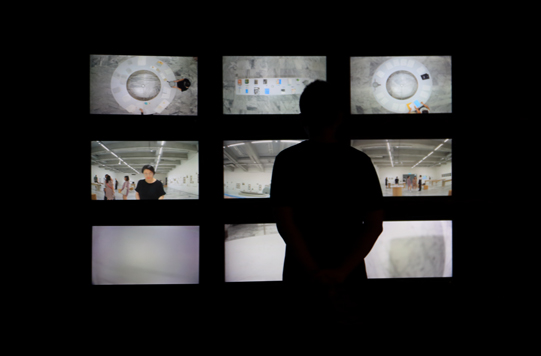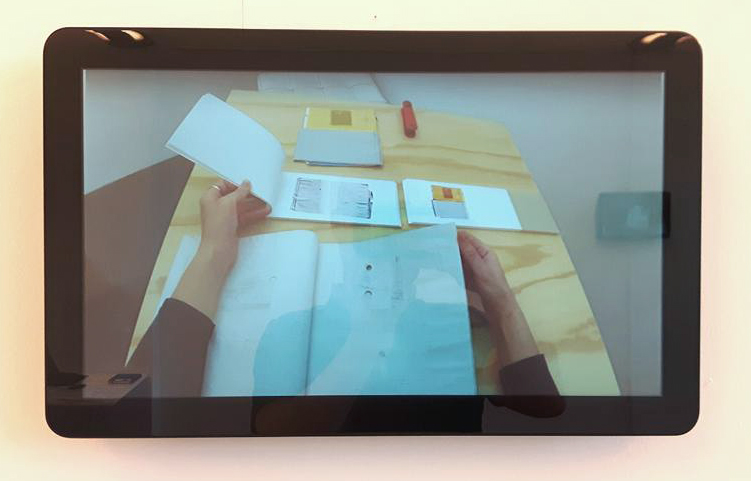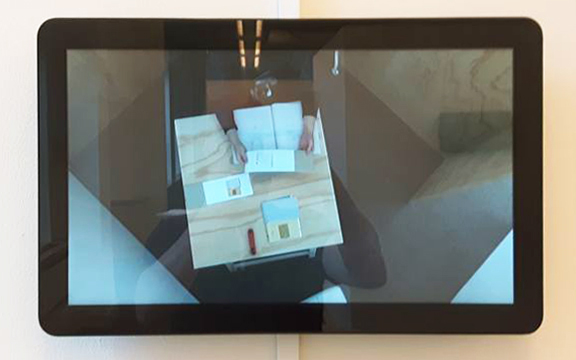

| HOME |
 |
WORKS |
 |
CV |
 |
 NEWS NEWS |




 |
|||||||
|
|||||||
 Our Gaze: How Reading Changes in the Contemporary Context |
|||||||
| Paper
has been the vehicle for literature for centuries; we have grown
accustomed to the physicality of paper in the experience of absorbing
content. Digital media has changed the way we interface with data; one
can contemplate the various sensorial experiences gained or lost
through this new way of engaging with reading. The interpretation of
the contents in a book is greatly affected by the mode of its
dissemination and how it is situated and presented. Reading has become
an interactive process through rich digital media, and new
possibilities are extended in format options. This is also changing the
way we write/create as well. The experience of reading is no longer
constrained to just words and pictures; videos and non-linear
approaches to narrative is also readily accessible for authors in
integrate into their process. Furthermore, the digital media shapes our reading gesture. We are developing a public self-image whilst reading which has been considered as a private activity. We become aware of our image in public because of the gaze of others. The monitoring technologies make the physically absent gaze/observation possible. How the gaze of others influences our reading comprehension is a contemporary subject. For a exhibition I invite all participants to reconsider reading, and reflect on the evolution of content communication through book formats and to consider the possible relations between human beings and “books”. All the presented book objects are offered to be read tactilely without gloves. It is a creative time to envision new medias, and imagine or even question various conceptual mediums of presentation in narratives. The following points are germinating possibilities: 1. Consider the fundamentals of reading as an action/verb: Reading is visual, auditory, tactile entity. Which synesthetic experiences of reading could be unfolded and exposed when we have a book with an unconventional format? 2. Documenting as working process to decide the presentation form: the recording tools could serve as research platforms to “read” various works and offer a neutral exploratory space for curating a project. 3. Reading as an interactive performance: The audience can be involved in the “book” exhibition. Reading can activate performances, to become part of an exhibition or live event. In the realization a reading installation will be the place where we collectively reflect on our gaze and reading experiences. These interactions, experiments and performances could inform new possibilities for further new creative directions in analyzing how or why we engage with literature and may present new book formats. |
|||||||
 |
|||||||




 |
HOME |
 |
WORKS |
 |
CV
|
 |
NEWS |



